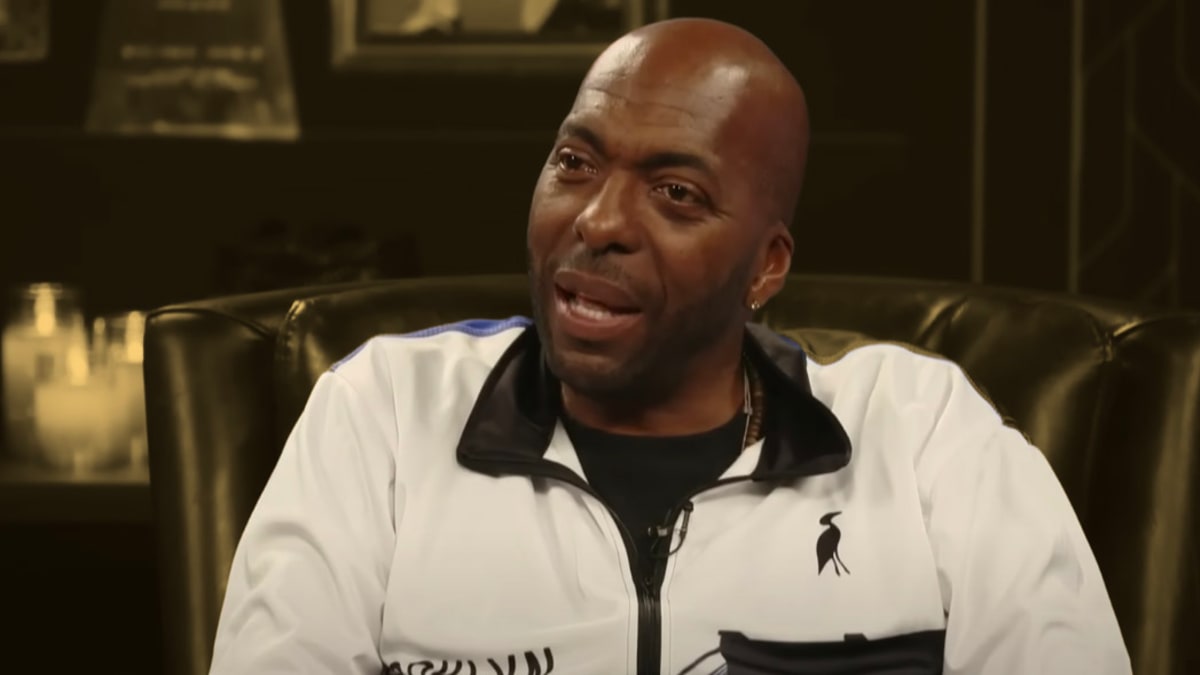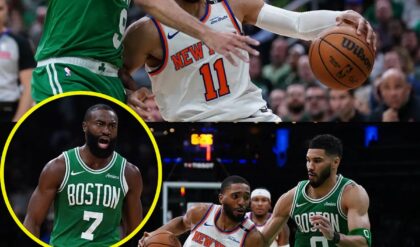It’s quite ironic that the WNBA recorded one of its highest-rated seasons in history while the NBA has been grappling with declining viewership. And at the center of the conversation is a sharpshooter from Iowa named Caitlin Clark.
The 2024 WNBA season shattered records across the board — TV ratings, ticket sales, and merchandise flew off the shelves, all largely credited to Clark’s transition from the NCAA to the pros. Meanwhile, the NBA has seen a dip in national ratings, sparking discussions about whether it lacks a similar mainstream draw.
The race card
The “Caitlin Clark Effect,” mirrors what happened in the 1980s when Larry Bird and Magic Johnson reignited interest in the NBA. Bird, a white superstar from Indiana, helped attract a broader fan base, including white audiences who had historically been less engaged with the league.
“Everybody wanted to put race on it,” said former NBA champion John Salley. “If she was black, they wouldn’t have made such a big thing. But it’s always been when there’s always an anomaly of a white athlete that matches the ability of a black athlete. They, all of a sudden, go to the race card. And go back to it.”
The WNBA playoffs last season saw a viewership drop after the Connecticut Sun eliminated Clark and the Indiana Fever. Before their exit, Clark’s presence had driven massive attention to the league, bringing in longtime Iowa fans and attracting new viewers to women’s basketball.

This has led to a broader discussion of whether both leagues are reliant on a white superstar to captivate a wider audience. And if history is any indication, there is a point.
The numbers don’t lie. The 2024 WNBA season saw an average of 1.32 million viewers per game, nearly 200 percent more than the previous season. Ticket prices soared and Clark’s jersey became the best-selling WNBA jersey of all time.
Salley’s argument hinges on this: when a white superstar emerges and competes at an elite level, they undeniably impact ratings and revenue.
The NBA interest
The NBA’s demographic landscape is vastly different. While white players have historically had legendary figures — Bird, Dirk Nowitzki, and Steve Nash, today’s league is overwhelmingly dominated by Black athletes.
In contrast, the WNBA, despite its majority-Black player base, saw a dramatic increase in white viewership following Clark’s arrival. While many have been quick to racialize this, it doesn’t diminish the fact that she is one of the most talented athletes. She earned her stripe just as a certain legend in the ‘80s.

“When Larry Bird came out,” Salley said. “And I played and tell this to everybody that play and I say this, who’s the best player ever?… Larry was, upon everything was the hardest guy to ever play against white or black. ‘Cause he was that good.”
Historically, major American sports leagues have seen spikes in viewership when a white superstar reaches the top. The NFL saw it with Tom Brady and Peyton Manning. The NBA had it with Bird. Now, the WNBA is experiencing it with Clark.
This isn’t to say race is the sole reason behind these ratings boosts — talent, charisma and marketability all play massive roles. But from a business perspective, leagues thrive when they can appeal to a broader audience and in a predominantly Black league like the NBA, the presence of an elite white superstar often draws in casual fans who might not otherwise tune in.






